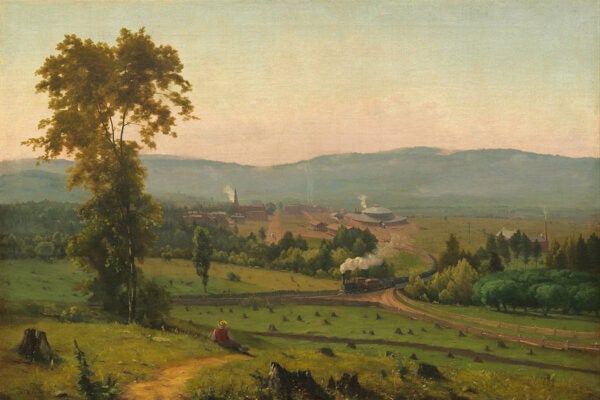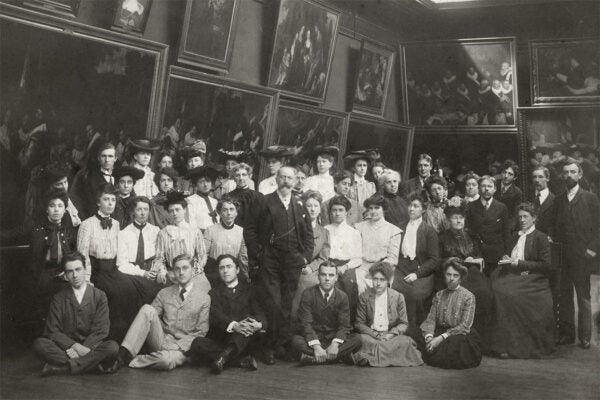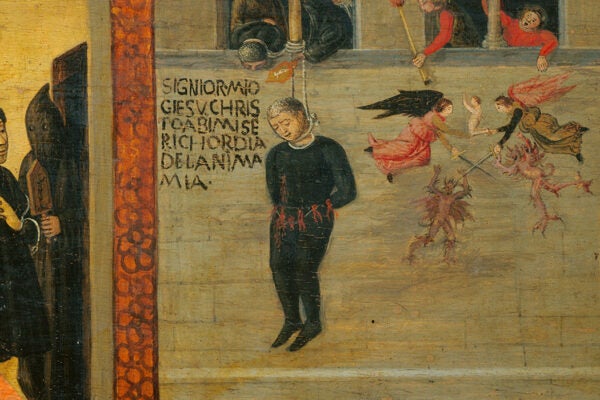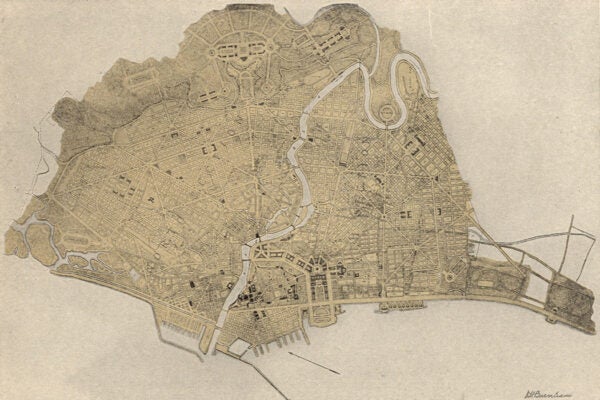Documenting a Disappearing Architecture
The Heinz Gaube Lebanese Architectural Photographs Collection, supported by an innovative mapping project, details threatened buildings across Lebanon.
Building De Stijl Style
Piet Mondrian, co-founder of De Stijl, argued that the art movement wasn’t ready for architecture. Theo van Doesburg and others believed it was. Who was right?
The Art of Deforestation
Landscape paintings show how quickly American forests changed in the early nineteenth century—and the mixed feelings people had about that change.
Islamic Calligraphy in West Africa
The Hausa people of northern Nigeria have adapted—and continue to transform—sacred Islamic calligraphy that originated in the Arab world.
Eight Collections Perfect for Hispanic Heritage Month
Freely available images and other primary source materials from the JSTOR Collections.
The Reichstag Building Rises
Built at the end of the 1800s and rebuilt a century later, Berlin’s Reichstag building has proven a malleable symbol of political and social values.
(Re)discovering Minerva Parker Nichols, Architect
The first American woman to establish an independent architectural practice, Minerva Parker Nichols built an unprecedented career in Philadelphia.
William Merritt Chase, the Accidental Ally
Painter William Merritt Chase opened an art school for a new generation of women, teaching them how to draw as well as how to advocate for themselves.
Tavolette: Paintings to Comfort the Condemned
Charged with saving the immortal souls of the condemned, comforters held tavolette showing the Crucifixion in front of the eyes of those facing execution.
Daniel Burnham in the Philippines
Building on his success as an architect and planner in Chicago, Daniel Burnham took American values and aesthetics to the new US colony of the Philippines.









